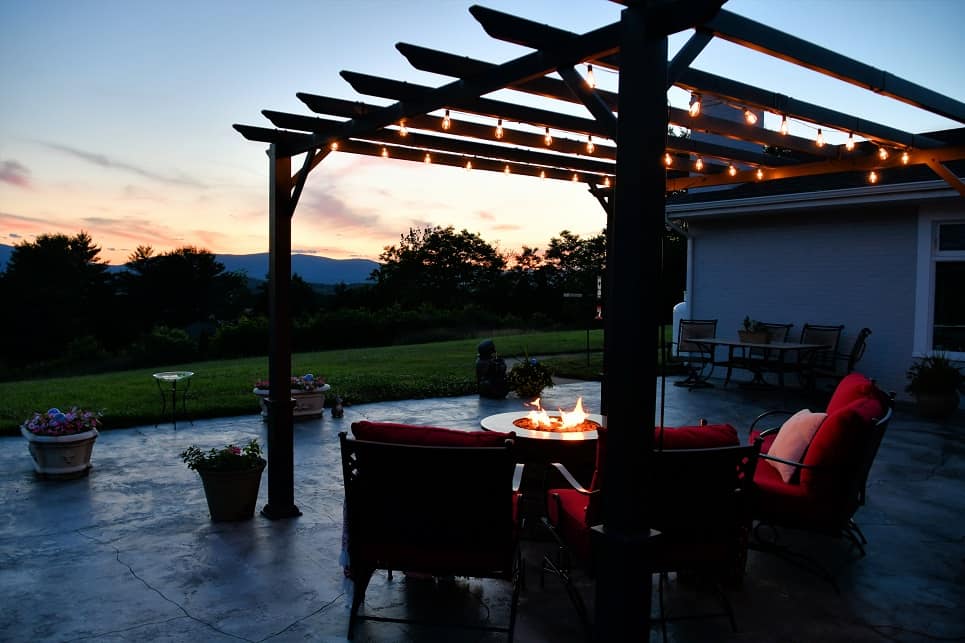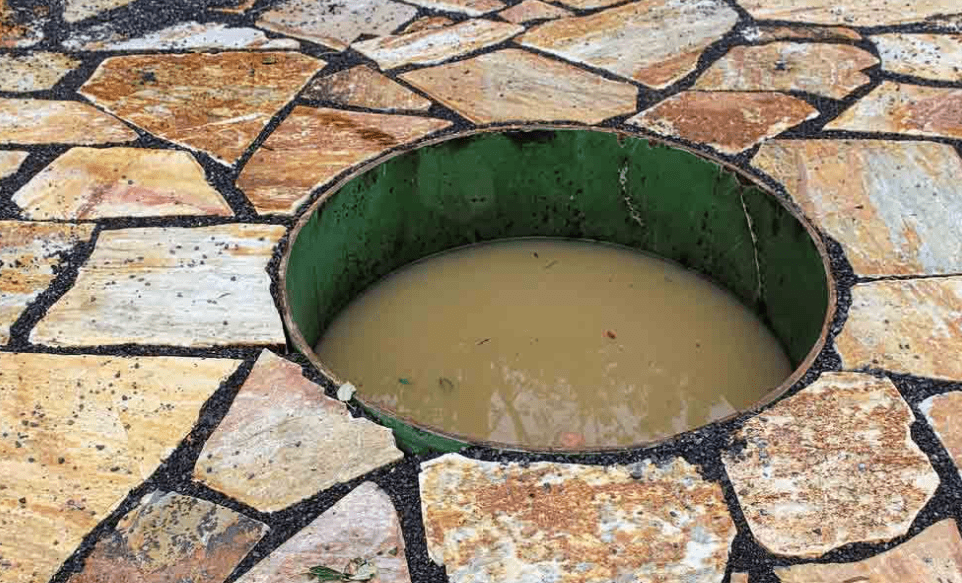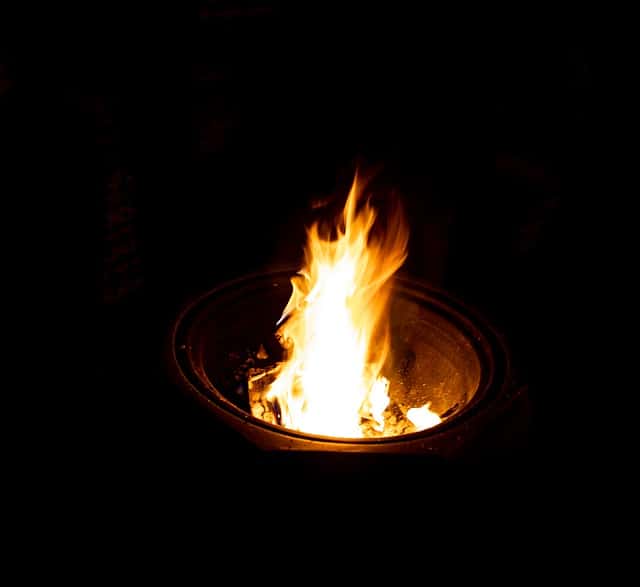Is it raining, and you have no idea how to keep water from pooling in a fire pit? Unfortunately, permanent firepits are prone to water pooling during the wet season than their counterparts. That’s not to mean a portable fire pit will not introduce you to these nightmares. On the contrary, they will, especially if you forget to cover them up after use.
Whatever type of fire pit you have, the bottom line is that none of them look nice when flooding with water. Apart from the smudgy look, the water makes it quite impossible to light and sustain a fire. In addition, your fire pit may suffer severe corrosion from repeated exposure to water, especially if you don’t clean it properly.
Because of this, you will need all the possible tricks to preserve your fire pit during the rainy season. That’s why it is important to know how to keep water from pooling in your fire pit.
How to Keep Water from Pooling in a Fire Pit
Luckily, keeping your fire pit from pooling water is not as difficult. First, you need to know that it is not just the heavy downpours that can lead to water pooling in your fire pit. Smaller showers of rain and snowfall are equally effective at pooling a fire pit over an extended period.
Here are some methods for preventing water from collecting in a fire pit:
Consider the Location and Orientation of Your Fire Pit
One of the most important decisions to make when building a fire pit is its placement. It is not just about its distance from your house for safety reasons. Is the area elevated, too? Building your fire pit in an elevated area than a flatter one allows you to have a steep slope. This way, water from the rain and anything else will just flow freely within the slope and not form a pool in your fire pit.
Still, on the fire pit placement, you must ensure that you build it out in the open. If you are using a portable one, ensure it is also not under the shade if water is already pooling inside. Placing it under the shade lowers evaporation water, leading to rusting and accumulation of insects and bugs.
Use a Tarpaulin
Tarpaulins, commonly known as tarps, are large sheets of strong but flexible waterproof and water-resistance material. They are pretty versatile and can be used to protect people or items from wind, sun, and rain. They are made from different materials, including canvas, plastic, vinyl, or polyester.
To that end, a tarp is an excellent option for covering your fire pit, whether portable or permanent. As a water-resistant and repellent material, it ensures there’s no more water pooling in your precious fire pit. During summer and windy days, you can still use the tarp to cover the fire pit and protect it against hot sun rays and ash from being blown away. Additionally, it also keeps insects and other bugs away from your fire pit.
Nevertheless, the tarp comes with dangers when not handled carefully. Exposing your tarp to a fire could result in a fire. It also exposes you and your loved ones to unpleasant smells that could lead to health issues when inhaled. Due to this, it is important to wait for the fire to die before covering the fire pit.
Create a Channel
Do you have a permanent fire pit in your backyard? Is the water pooling constantly, and you don’t know what to do? How about creating a channel around the fire pit? A channel is more like drainage for the fire pit. It helps direct water away from the fire pit, ensuring it stays dry throughout.
Drill Drainage Holes
An alternative to creating a channel is creating draining holes at the bottom or side of the fire pit. This is a perfect solution for portable fire pits. Using your driller, drill holes of about 3/8- inches. These will allow any water that makes its way into your fire pit has an exit. This way, you do not have to deal with water pooling there.
Unfortunately, it does not eliminate the fact that you will have to deal with wet ash if there is water in the fire pit. This leaves your fire pit susceptible to moisture build-up, which could lead to rusting.
Set a Designated Storage Area
If you have been lighting a fire pit fire for a long, you already know that you must do it in the open for safety and health reasons. That’s why this solution is perfect for anyone with a portable fire pit.
Get a designated storage area that’s well-covered and keeps the fire pit away from rain and snow. It could be your laundry room, garage, basement, or even the shed. Once you are done with the fire pit, and it has cooled off, carry it to your preferred storage location.
In conclusion, knowing how to keep water from pooling in a fire pit is critical in ensuring your fire pit lasts longer. Sitting water is a bother for cleaning and can damage your prized fire pit. This substantially limits its lifespan and may necessitate the purchase of a new one.
In addition, serious difficulties can arise if sufficient drainage or means of evaporation are not provided. You can reduce the negative impacts of a moist fire pit as long as your fire pit can quickly dry.
How to Keep Water From Pooling in Fire Pit: FAQs
Question: Does the fire pit need a drain?
Answer: Whether you have a portable or a fixed fire pit, you might need to construct a drainage system – thus, permanent fire pits require drains. As a result, you can easily use, clean, and maintain them.
Question: Why does my fire pit hold water?
Answer: Water can accumulate in enormous volumes in your fire pit after a heavy downpour if no precautions are taken. Therefore, it is good to have preventative measures to ensure this does not happen in the future.
Question: How do you keep a fire pit dry?
Answer: During rainstorms, just putting the pit under a shed, garage, or patio keeps it dry and snug. However, remember to make sure your fire pit is completely cool before storing it in a covered place; fires can reignite up to a day after they are “out.”






